Ancient Indian Religious Architecture Beyond the Sectarian Boundaries
The present Volume is the latest endeavour to freshly enquire into the relevance and validity of commonly held categorizations of ancient Indian religious architecture as Hindu, Buddhist and Jain, often noticed in the extant standard writings on this genre of the art studies. It has been observed that while this may somehow appear true and may also have some sort of relevance primarily from the standpoint of its creators and users, who used to perform some kind of religious rites of indulged in some sorts of religious discourses and debates or even paid their obeisance to the revered deities, seated in the sanctum sanctorum, evidently to earn some spiritual merits or even from the perspective of its associated iconography and its lavish symbolism in its exteriors and interiors, but, viewed restrictedly from the architecture’s standpoint, these do not hold true and seem to represent only its peripheral dimensions. Architectural arrangements in these religious spaces, categorized differently, are essentially common, irrespective of their affiliations with Hindu, Buddhist and Jain, and betray the shared concepts amongst them evolved through the millenniums with very few alterations exceptionally to be called as distinct.
The volume examines critically both the morphological and conceptual contours of these spaces right from the Vedic times to the later periods when the evolution came to its full zenith in the form of temples. How the earliest notions conceived in the making of the Yajna-vedis and chitis percolated in all the shades of later religious architecture has been explicitly elucidated. How a number of trees originally imagined as the resorts of the spirits and divinities got identified with several Hindu deities, Buddhas and the Tirthamkaras as well, and sired the notion of religious pillars to be erected in their honour as their own insignias, has all been elaborately explained to mark the conceptual and morphological affinities inherent in these so-called different religious spaces. The transformation of the rock-cut chaitya-grihas, slowly and gradually, into the temple architecture with many of their features not only carried forward but taken to new heights, narrate the same story. The analysis establishes that ancient Indian religious architecture is a narrative of shared concepts, of mutuality, inclusiveness, cross-connections, free exchanges of ideas and their broader adaptations, Interdependence through several points of convergences and conceptual affinities beyond the sectarian boundaries of Hindu, Buddhist and Jain. This is also endorsed by the prevalence of common terminologies stupa, chaitya, prasada, mandira, stambha, yasti, vedika, etc. among the Hindu, Buddhist and jain forms of architecture, their comparative importance in a particular shade notwithstanding. Thus the volume provides a new stimulus to the students, scholars and art-historians to take the studies of ancient Indian religious architecture with a new insight and perspective which expose its overall synthesizing and overarching effect that predominantly caused its outflow and evolution in ancient India beyond the sectarian bias.
Contents: Preface. 1. Some observations on religious architecture in ancient India/R.N. Misra. 2. Indian temples-how to look at them and appreciate/Maruti Nandan Prasad Tiwari. 3. Ancient Indian religious architecture: common origins and shared concepts/Prem Sagar Chaturvedi and Dhyanendra Narain Dubey. 4. Conceptual background of religious architecture and its norms as gleaned from the Garuda Purana/Susmita Pande. 5. Free standing Pillars: Yupa, Dhvaja-Stambha, Jaya Stambha-rethinking origin, development and common concept in Indian context/Ashvini Agrawal. 6. Temple styles: similarities and diversities in the Puranas and Silpa-texts/Amar Singh. 7. Evolution of temple architecture at Khajuraho/Alok Tripathi. 8. Vakataka experiments in architecture/Chandrashekhar Gupta. 9. Art of the Kachchhapaghata in Central India: an assessment/Rahman Ali. 10. From Timber to rock-cut diversion in religious architecture of ancient India/Piyush Bhargava. 11. The origin and development of Pagoda Architecture in China/Alok Shrotriya. 12. Krishna Themes in Brahmanical and non-Brahmanical architecture/Pragya Chaturvedi. 13. Architectural features of Nagarjunakonda and Bharhut Stupas/Suniti Pandey. 14. Temple architecture in the Vindhyan region/Shitala Prasad Singh. (16 iteams in Hindi articles).
Get it now and save 10%
BECOME A MEMBER

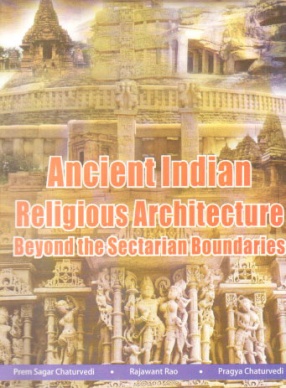

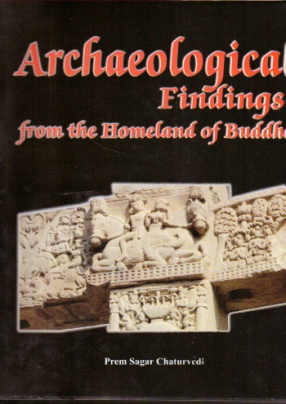
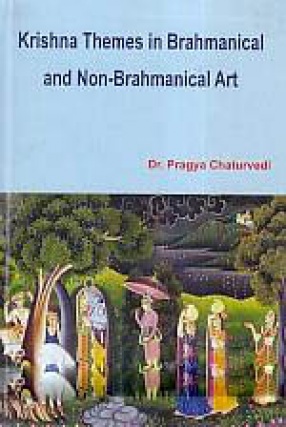
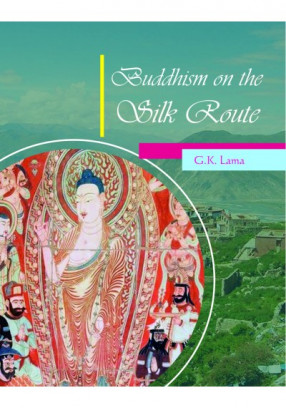
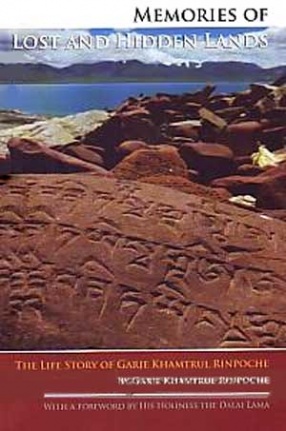
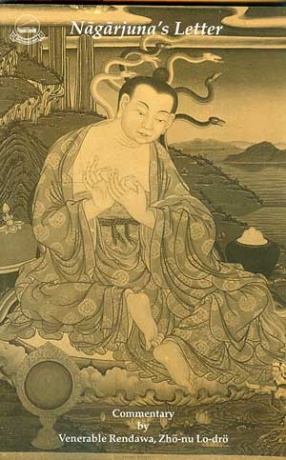
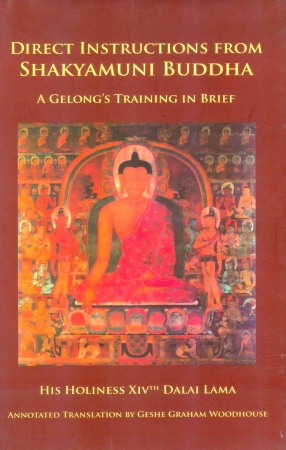

Bibliographic information
Rajawant Rao
Pragya Chaturvedi